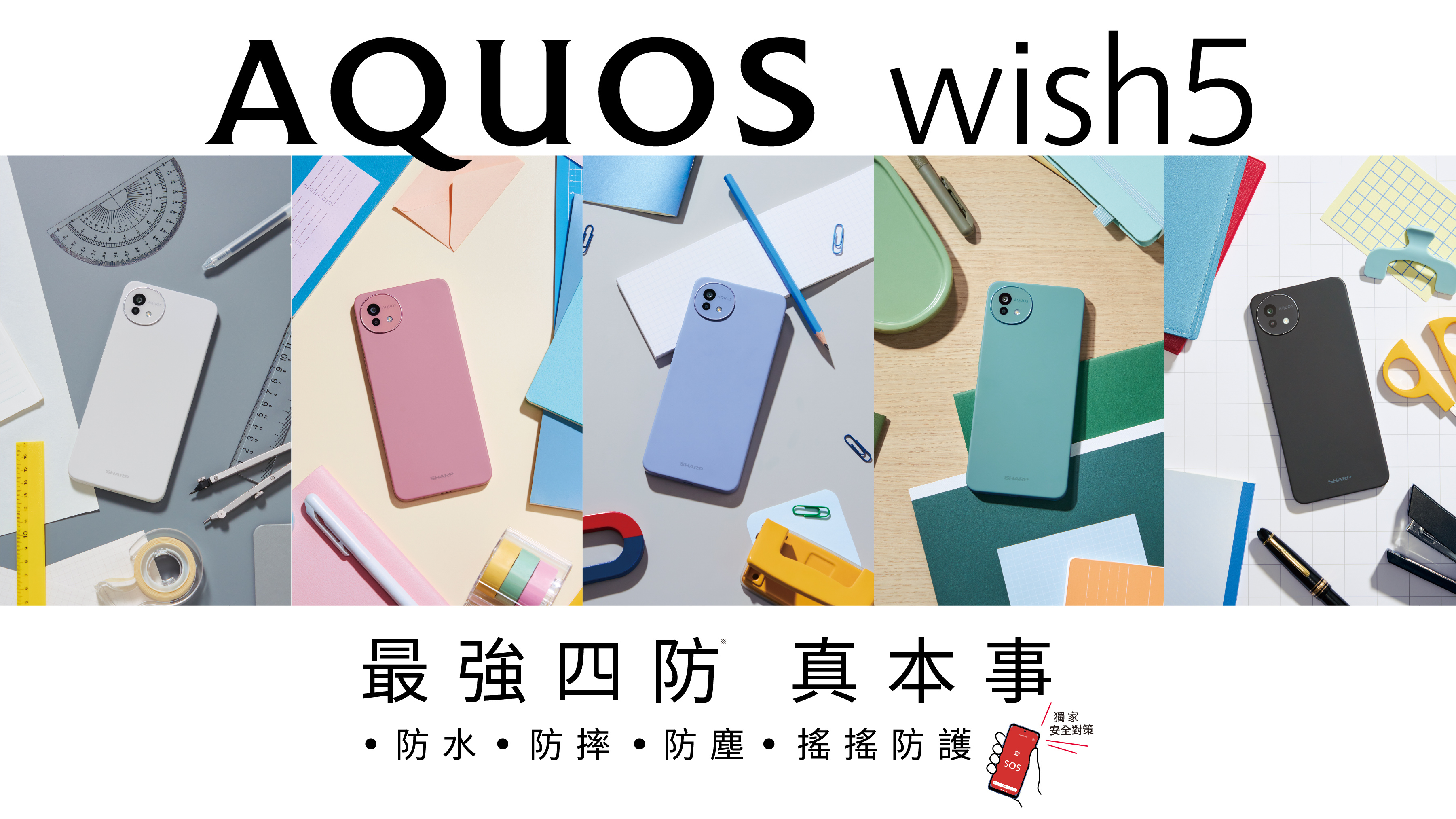In life, first impressions can often be dead wrong. I'll be honest -- I was 100% certain that the Converse Weapon EVO was going to absolutely suck the first time I saw it. It's clunky as hell, right? I figured there was no way this heritage-based model could actually feel modern on a basketball court today. While the Weapon might have been worn by the league's best over twenty years ago, there's no way anyone was ever going to confuse it as a sleek and ahead-of-it's-time silhouette. It debuted in 1986. And ever since, it's felt exactly like a shoe....from 1986. But that's what makes the Weapon EVO so great. Converse and Converse Basketball's Design Director Mike Ditullo pulled a fast one on us. The intent was to create a shoe that emphasized the brand's heritage, offer it at a nicely affordable price and debut the brand's new visible technology. And they've done just that. After initially being very skeptical, it took all of about five minutes on the court to realize that the Weapon EVO is a damn good basketball sneaker. Not without its faults, but for everyday hoopability and for being accessibly priced, it gets the job done. As Ditullo (seen below) explains by phone, remastering the Weapon has been a task he's been trying to get after for over two years now. "I had been toying with doing a Weapon-based shoe ever since I got to Converse," he says. "The thing is, the Weapon is pretty hard to draw. It doesn't really flow...and it doesn't really have many organic parts. When we really decided to do a new Weapon...I just drew it. My [first] sketch actually looks just like the original."
As he'd come to find, evolving the shoe into its more modern state over the course of the development process would be the right move, as he wanted the EVO to be equal parts heritage and yet a marker for the future of the brand, all at the same time. "I think because the Weapon had kicked my ass for two years, I was really determined to do it," he laughs. "When you put this Weapon next to the original now, it really doesn't look like it. That's one of the things I'm most psyched about this shoe...when you work on these projects...you want to do something that pays tribute to the shoe but you don't want it to be a slave to it." As we've (with grinding teeth at times) come to find out in recent years with "tribute" shoes, there's something to be said for a designer who takes simple inspiration from classic models of the past, like the Nike Refresh program, as compared to simply slapping together parts and pieces and calling it a shoe, as the Jordan approach of late has proven to a fault. The "design" feels it. Sometimes harshly. What that means in terms of a performance feel, in this case, is that the Weapon EVO is surprisingly smooth. Surprisingly, I say, because of the original's slap-like and dated feel. While I normally tackle a review from an upper-midsole-tooling standpoint in bullet-point-like fashion, it's probably better to start off with the tooling this time around. There's BALLS Technology afterall, as Converse White has so boldly proclaimed it. While it might not look like something from 1986 or something from the future, and more likely somewhere in between, if you walk into any sporting goods store and try these on, you'll notice that unlike Shox, which take a few break-in wears before softening up, the Balls platform feels nicely cushioned and yet supportive right from the start. "We wanted to make sure we made a shoe that was for every type of player, get the technology right, and get it right for the consumer and contain the technology in a understandable way," outlines Ditullo. In my size 13, the TPU-encased cushioning unit is made of eleven, well, balls, that circle the perimeter of the heel, with more polyurethane balls filling in the inner chamber of the unit. The result is a low-to-the-ground, more bouncy than expected heel cushioning unit. "The more you compress the sphere, the more it wants to return to the shape of the sphere," Ditullo explains. "Just getting the technology right was tough...it's a combination of chemistry and geometry and you're playing with chemicals and urethane compounds. ...We wanted to make sure that that energy was constrained in a vertical XY axis." When you immediately lace the EVO up and hit the court, there's a nice softness in the heel that lies somewhere between a heel Air-Sole unit and the uber-responsive bar-setter that is Zoom Air. At just $80, the unit delivers great cushioning that we're all used to seeing for $10-$20 more.





